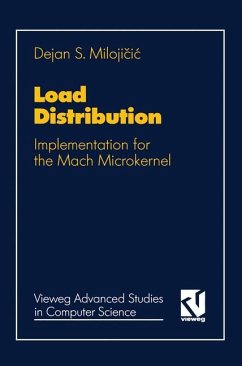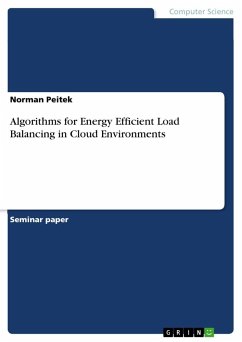J iirgen N ehmer Load distribution is a very important concept for distributed systems in order to achieve better performance, resource utilization and response times. Providing effi cient mechanisms for the transparent support of load distribution has proven to be an extremely difficult undertaking. As a matter of fact, there is no commercially avail able system which provides transparent load distribution right now. The monograph by D. Milojicic presents a novel load distribution scheme based on modern microker nel architectures. The remarkable results of D. MilojiCiC's approach show evidence for his hypothesis that load distribution is feasible even under strong efficiency con straints if built upon microkernel architectures. Based on a complete implementation using the NORMA-version of Mach, D. MilojiCic shows that substantial performance improvements of his load distribution scheme on top of Mach result from the dramatic reduction of state information to be managed in courseof a task migration. For readers not familiar with the topic, the monograph gives a good survey of the load distribution problem and puts existing approaches into perspective. Contents Preface xvii 1 Introduction 1 1. 1 Motivation . . . . . 1 1. 2 Load Distribution 3 1. 3 Research Contributions . 5 1. 4 Thesis Outline. . . 6 2 Background and Related Work 9 2. 1 Introduction. 9 2. 2 Migration 9 2. 2. 1 Design 11 2. 2. 2 Issues 12 2. 2. 3 Previous Work 14 2. 3 Load Information Management 19 2. 3. 1 Design . . . . 20 2. 3. 2 Issues . . . .
Hinweis: Dieser Artikel kann nur an eine deutsche Lieferadresse ausgeliefert werden.
Hinweis: Dieser Artikel kann nur an eine deutsche Lieferadresse ausgeliefert werden.








